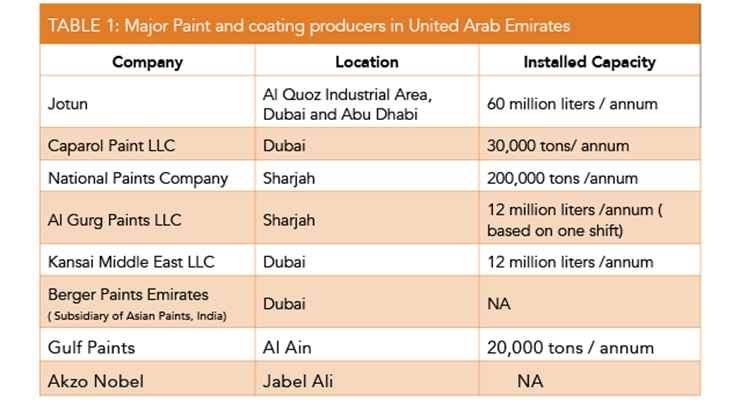Achieving a remarkable paint job starts with precise wall surface preparation. From filling out blemishes to priming surface areas, each step plays a crucial function in the final end result. But what regarding those tricky corners and sides that can make or break the general look? Remain tuned to find skilled ideas on exactly how to navigate these challenging locations with finesse, making sure a smooth finish that will raise your area to brand-new elevations of elegance.
Wall Surface Maintenance
Examining wall surfaces for any imperfections and quickly resolving them through required repair services is essential for accomplishing a smooth and perfect paint job. Prior to beginning the painting process, meticulously check out the wall surfaces for cracks, holes, damages, or any other damage that can impact the final result.
Start by filling out deck painting companies or openings with spackling substance, enabling it to dry entirely prior to sanding it to develop a smooth surface. For larger damages or harmed areas, consider using joint substance to ensure a seamless repair service.
Furthermore, look for any loose paint or wallpaper that might need to be gotten rid of. Remove any kind of peeling paint or old wallpaper, and sand the surface to create a consistent appearance.
It's likewise vital to evaluate for water damages, as this can cause mold development and influence the attachment of the brand-new paint. Address any type of water stains or mildew with the suitable cleaning services before waging the painting procedure.
Cleansing and Surface Prep Work
To ensure a beautiful and well-prepared surface area for painting, the next step includes thoroughly cleansing and prepping the wall surfaces. Begin by cleaning the wall surfaces with a microfiber towel or a duster to eliminate any kind of loose dust, webs, or particles.
For even top rated painting companies near me or grime, a service of light cleaning agent and water can be utilized to carefully scrub the wall surfaces, adhered to by a thorough rinse with tidy water. Pay unique interest to areas near light buttons, door deals with, and walls, as these often tend to collect more dirt.
After cleansing, it is vital to inspect the wall surfaces for any type of splits, holes, or blemishes. These must be filled with spackling compound and sanded smooth when dry. Fining sand the wall surfaces gently with fine-grit sandpaper will also help create an uniform surface for painting.
Priming and Insulation
Prior to paint, the wall surfaces ought to be primed to ensure correct attachment of the paint and taped to shield surrounding surface areas from roaming brushstrokes. Priming acts as an important step in the paint procedure, especially for brand-new drywall or surface areas that have actually been covered or repaired. It helps seal the wall surface, creating a smooth and consistent surface for the paint to follow. Furthermore, primer can improve the resilience and protection of the paint, eventually leading to an extra professional and durable finish.
When it concerns taping, utilizing painter's tape along trim, ceilings, and other surfaces you intend to protect is vital to achieve clean and crisp paint lines. Painter's tape is made to be easily used and eliminated without harming the underlying surface or leaving any type of residue. Make the effort to appropriately tape off locations before painting to conserve yourself the inconvenience of touch-ups later.
Verdict
To conclude, properly preparing your walls prior to paint is important for achieving a remarkable finish. By examining for flaws, cleaning extensively, topping the surface, and using painter's tape for tidy lines, you can make sure a professional-looking paint task.
Taking the time to complete these actions will certainly result in a smooth and lasting coating that enhances the total look of your space.
